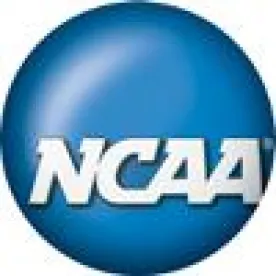The NCAA’s first-ever sanctions against a university highlight the importance of NIL compliance across all levels of college athletic programs. Varnum is uniquely situated in the NIL arena with experience advising collectives, universities and others navigating this new era and its ever-changing rules and regulations.
Since the beginning of the Name, Image and Likeness (NIL) Era, the National Collegiate Athletic Association (NCAA) has largely positioned itself on the sidelines, providing clarifications on NIL rules yet refraining from issuing penalties against institutions and student-athletes. Their latest, and first-ever, sanctions against the University of Miami’s women’s basketball team have changed this narrative, a move that has opened the gates for harsher penalties moving forward.
The sanctions were issued by the Division I Committee on Infractions (COI) in relation to an impermissible meeting between prospective University of Miami women’s basketball players Haley and Hanna Cavinder and Miami athletic booster John Ruiz. The Cavinder sisters were spotted in a tweet from Ruiz after a dinner at his Florida home, raising red flags for the NCAA. It was discovered that Miami’s women’s basketball coach Katie Meier had introduced the Cavinder sisters to Ruiz and arranged the dinner at issue prior to the student-athletes’ official visit, resulting in a prohibited recruiting contact and inducement.
Miami’s women’s basketball program was issued five sanctions spanning fines to recruitment restrictions, and Meier will serve a three-game suspension. While Ruiz and the Cavinders were left unscathed by the sanctions, the COI did send a warning on future booster disassociation penalties.
Key Takeaways for Institutions, Boosters and Student-Athletes
In the Negotiated Resolution between the NCAA and Miami, the COI stated that, “addressing impermissible booster conduct is critical, and the disassociation penalty presents an effective penalty available to the Committee on Infractions,” and as a result, the COI “will strongly consider disassociation penalties in future cases involving NIL-adjacent conduct.” The NCAA’s unwavering enforcement against the University of Miami points to its activity in policing NIL infractions. Moreover, the NCAA’s latest amendment to its infractions program, which allows the COI to use circumstantial evidence for NIL violations, has made it easier for the NCAA to place the burden of proof on institutions, clearing a path to more charges against schools.
While the Negotiated Resolution does not set precedent for future infractions, it suggests that the NCAA could prioritize enforcement of its bylaws in the future. To avoid infractions and significant penalties, universities should review their current policies and educate their employees and boosters on relevant bylaws issued by the NCAA.





 />i
/>i
